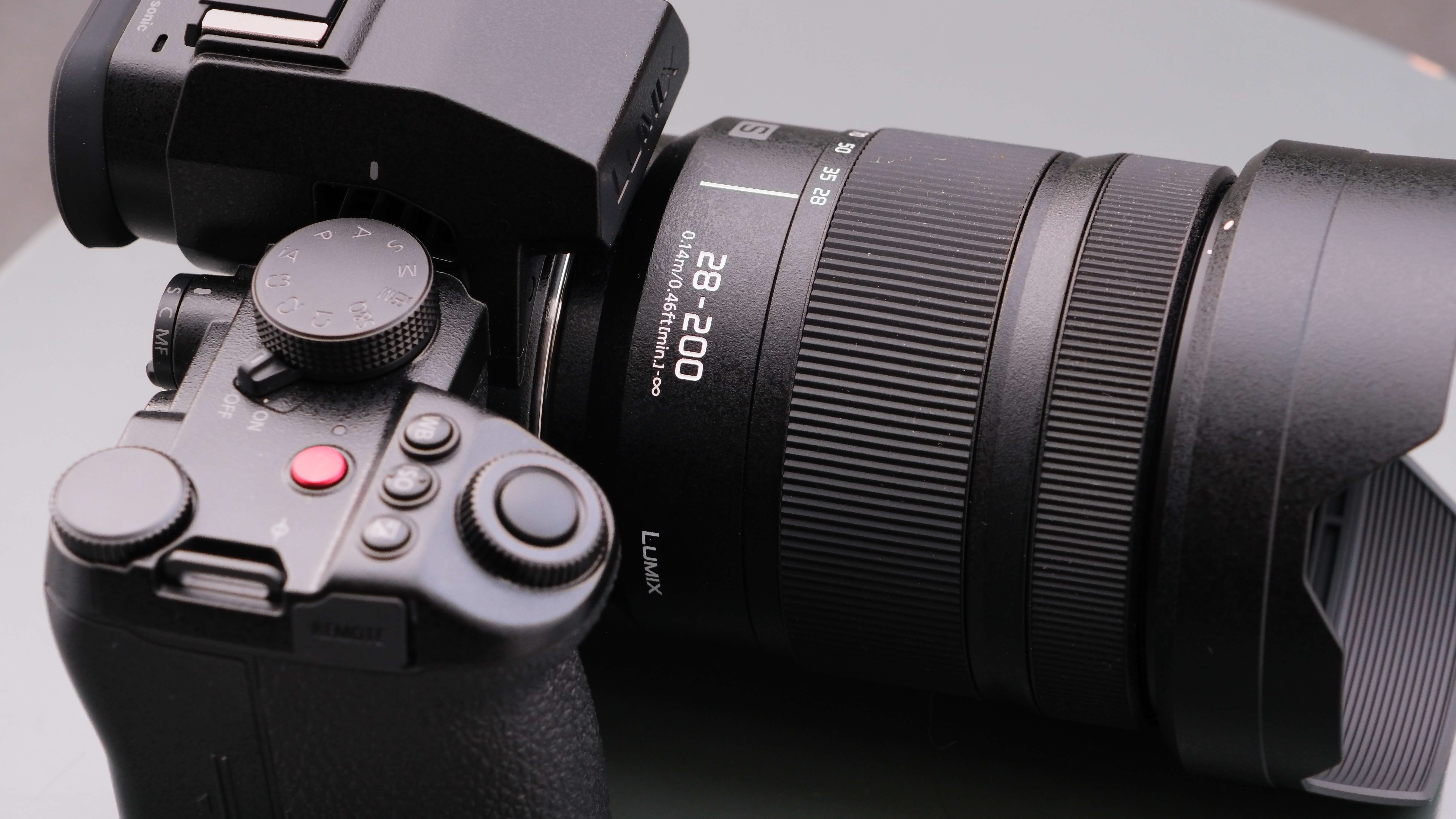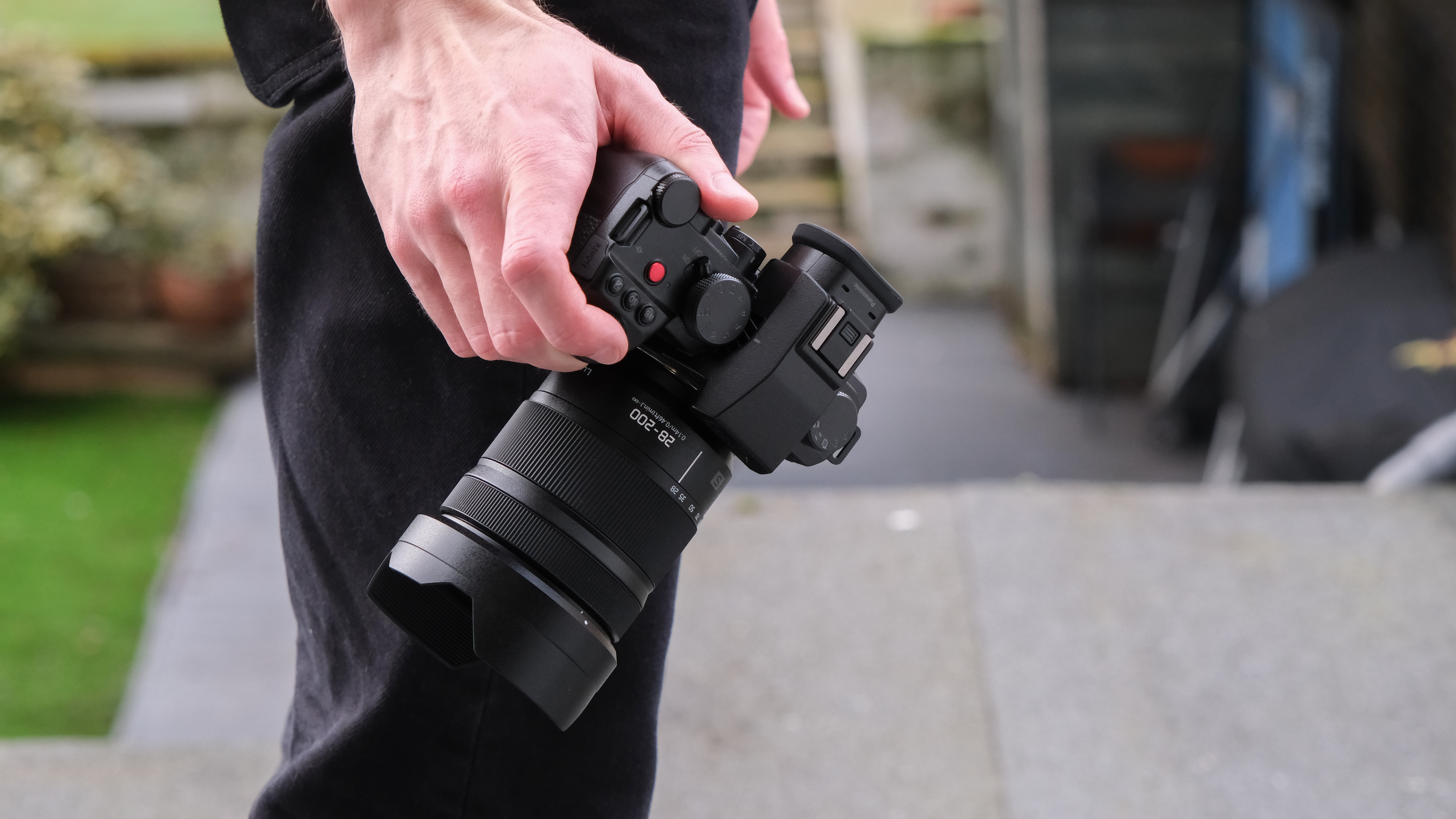
Every camera system has its own compact wide-tele superzoom lens – are they the most talked about or most beloved lenses, no, but still that doesn’t stop them from being some most useful lenses for any camera.
The Lumix S range has been missing its own compact superzoom lens, although thanks to the open L-Mount, there have been a couple of third-party options to fill this gap. But Panasonic has decided it's time to offer up its own first-party solution with the Lumix S 28-200mm f/4-7.1 Macro O.I.S., and never a company to do things by halves, this is also the world's smallest and lightest 7x zoom lens for full frame cameras.
With wide to tele focal lengths covered in one package, these lenses allow photographers to travel light, with one lens doing the work of several, so are incredibly useful if you don't have much space in a bag – or just loathe frequently changing lenses.
With some recent impressively compact optics from Panasonic, the company has clearly seen this as the opportunity to expand on its experience making smaller and lighter lenses to deliver Lumix shooters a do-it-all lens. However, the pursuit for size and weight reductions has come at the cost of some focal length ranges versus rivals, with other systems offering 24-240mm ranges – although in physically larger lenses. But has Panasonic done enough to make a convincing case that small size trumps bigger range?

Specifications
Price
At $899 / £899 / AU$1,599, the Lumix S 28-200mm comes in at a competitive price compared to the competition – and while it has a slightly shorter focus range, it has some size savings and technical advancements to justify any additional price tag. On other systems – Canon's RF 24-240mm costs the same money, although Sony's 24-240mm lens is considerably more expensive than either of these by about $150 / AU$300.
Design & Handling
Panasonic is on a hot streak for shrinking its lenses, with the Lumix S 100mm macro lens being a genuine marvel of engineering to achieve the compact size and weight for a full frame 1:1 macro lens. So I was very surprised to learn that Panasonic was in fact not using the autofocus motor that achieved that reduction in the 100mm in the 28-200mm, but instead just relying on Panasonic's experience over the years of making smaller Micro Four Thirds lenses.
At a compacted size of 93.4mm/3.68in and 413g/0.91lb total weight, the 28-200mm is so impressively small and lightweight for its focal length. I carried this lens around on a Lumix S5 IIX camera for testing and it didn’t feel any different from having something more akin to a standard 18-55mm or short-mid prime lens. And compared to rival lenses from Canon and Sony – Panasonic's lens has a saving of around 300g and 20cm when collapsed, so there is a real noticeable difference (although these lenses do stretch to 240mm versus Panasonic's 200mm).
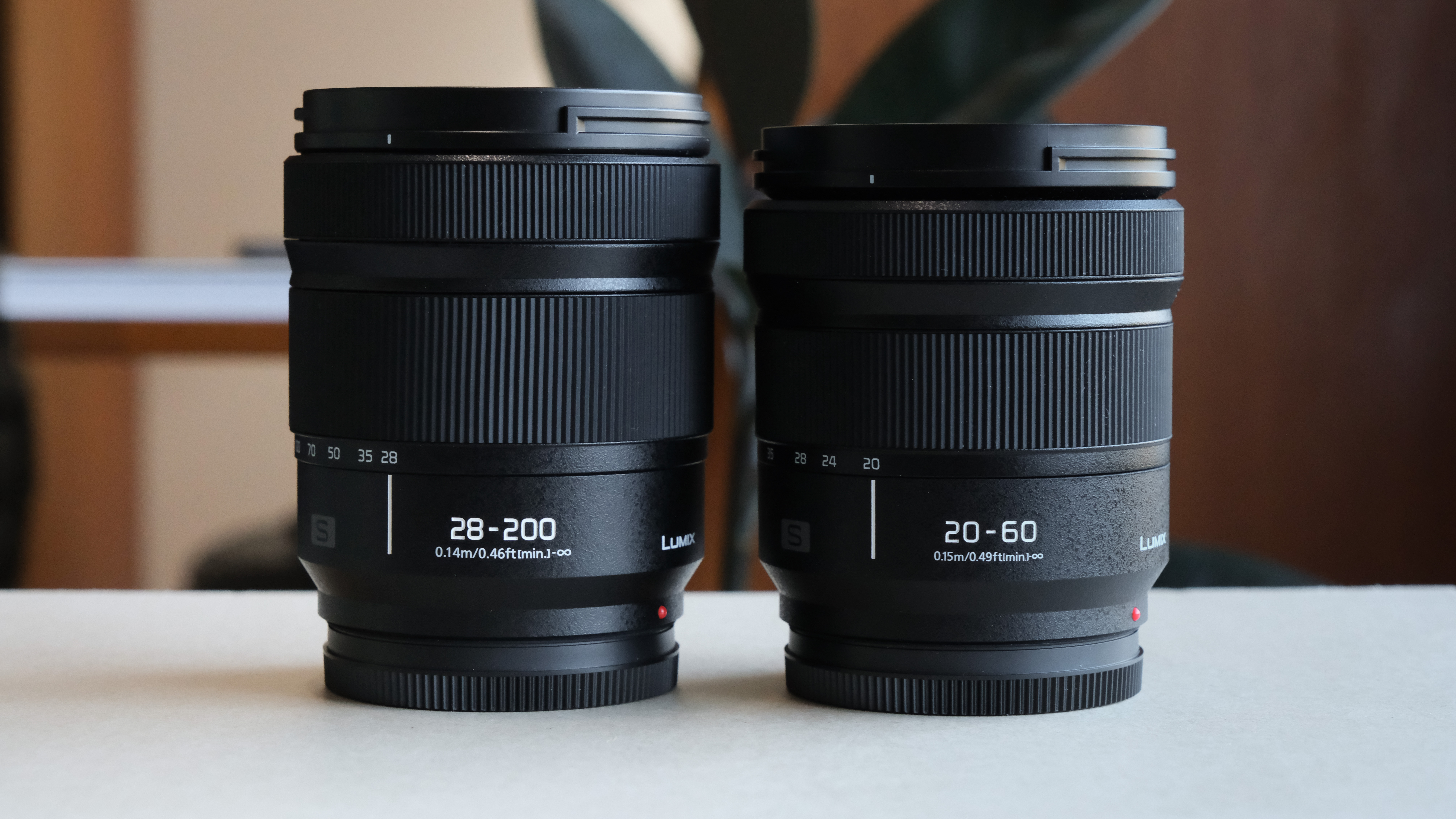
The lens design follows Panasonic’s other S lenses and the 28-200mm lens blends in perfectly with the existing collection. My favorite aspect of Panasonic's lens design is the thinking behind the whole range rather than each mode. With the 28-200mm, the overall lens size is actually only a few mm taller than the Lumix S 20-60mm lens – which helps a lot with balancing on gimbals and tripods for video, they also use the same 67mm filter thread, so you can spend less money on buying duplicate filters or using bulky adapter rings.
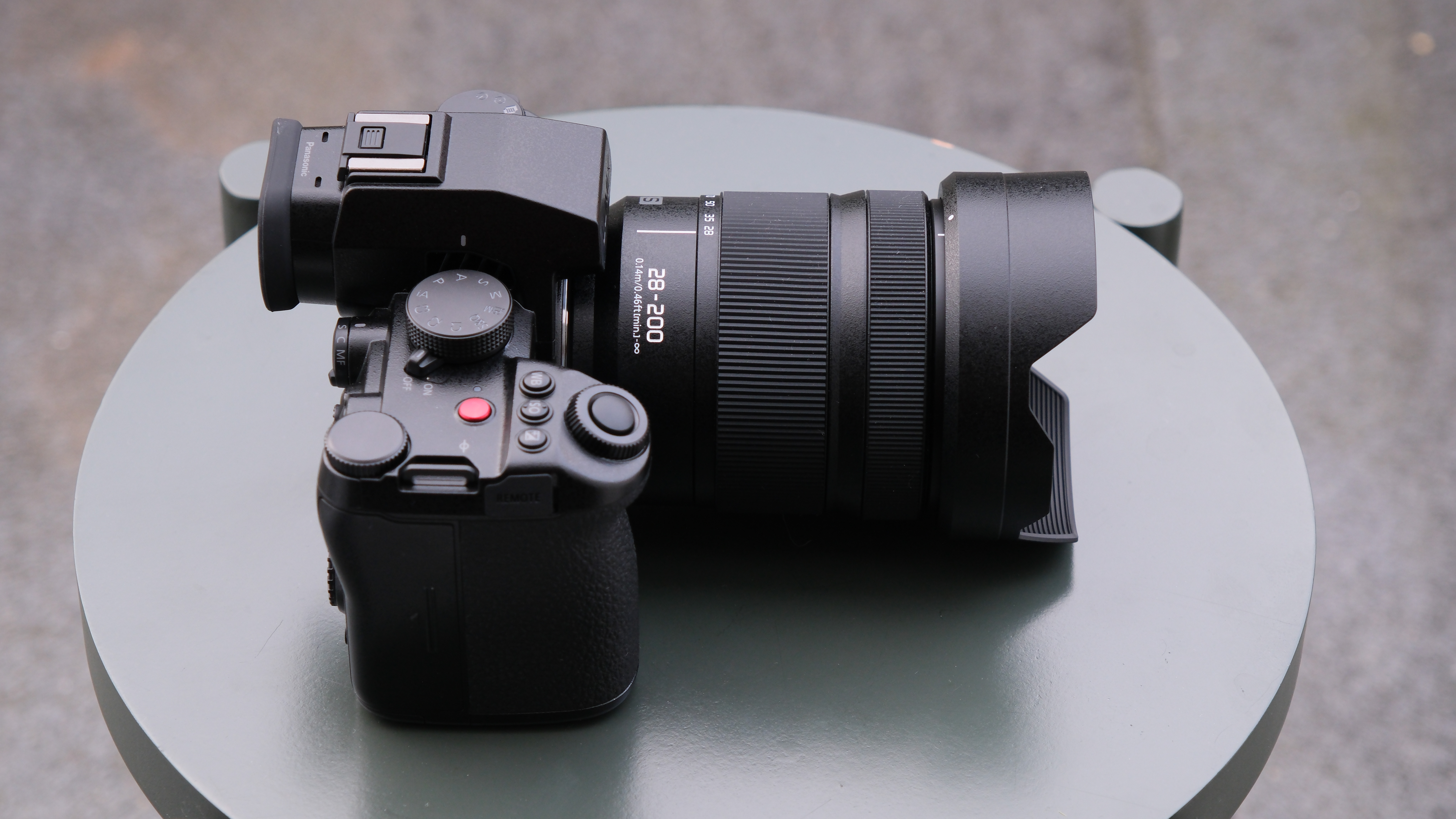
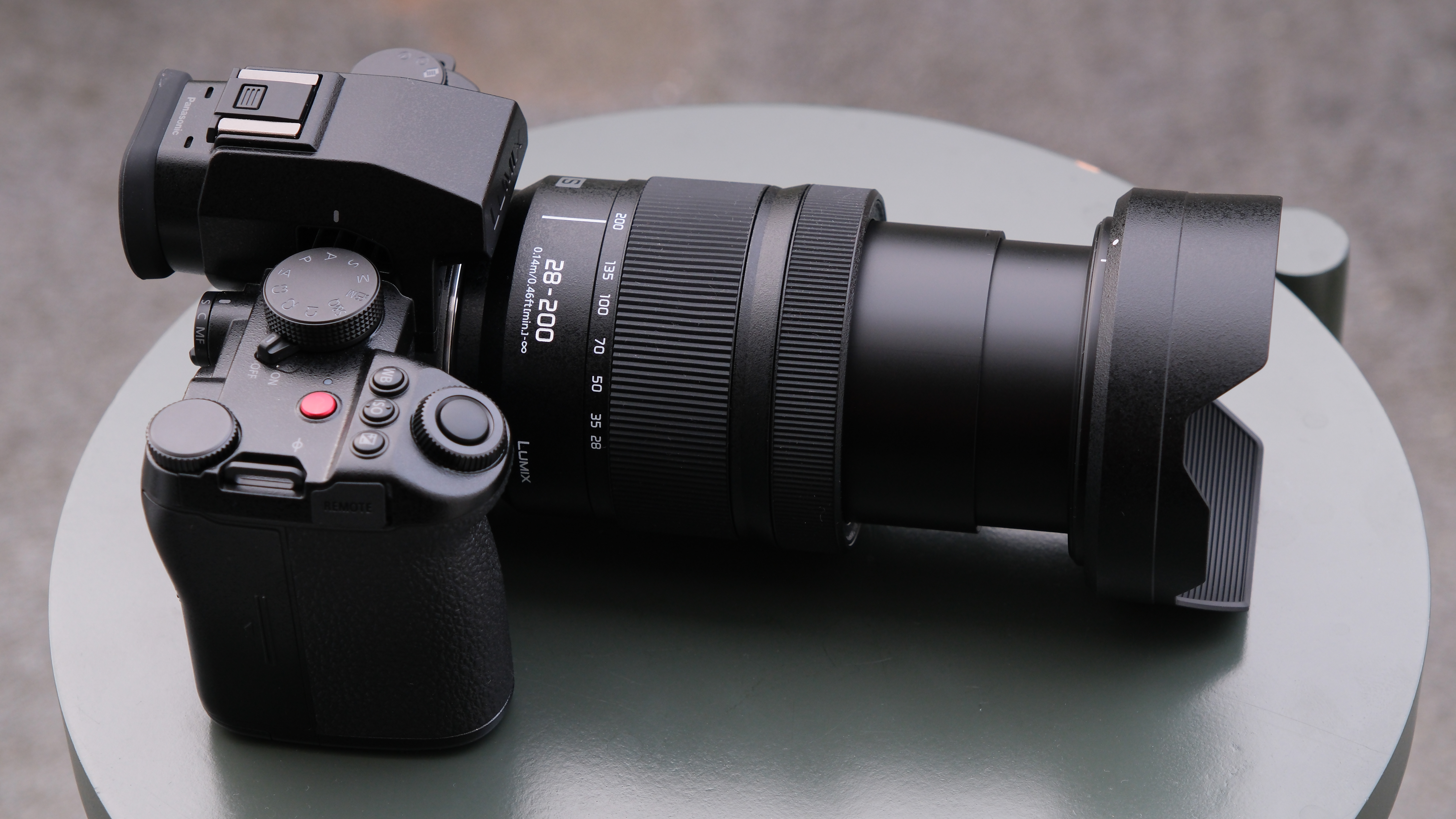
On the lens, there are the usual two switches for switching between auto and manual focus and turning the optical image stabilization on or off in the lens itself. Otherwise, there are no custom function buttons on the lens contrary to current trends from other manufacturers. The lens comes with a petal design hood in the box to keep out stray flares and protect the front of the lens which is appreciated.
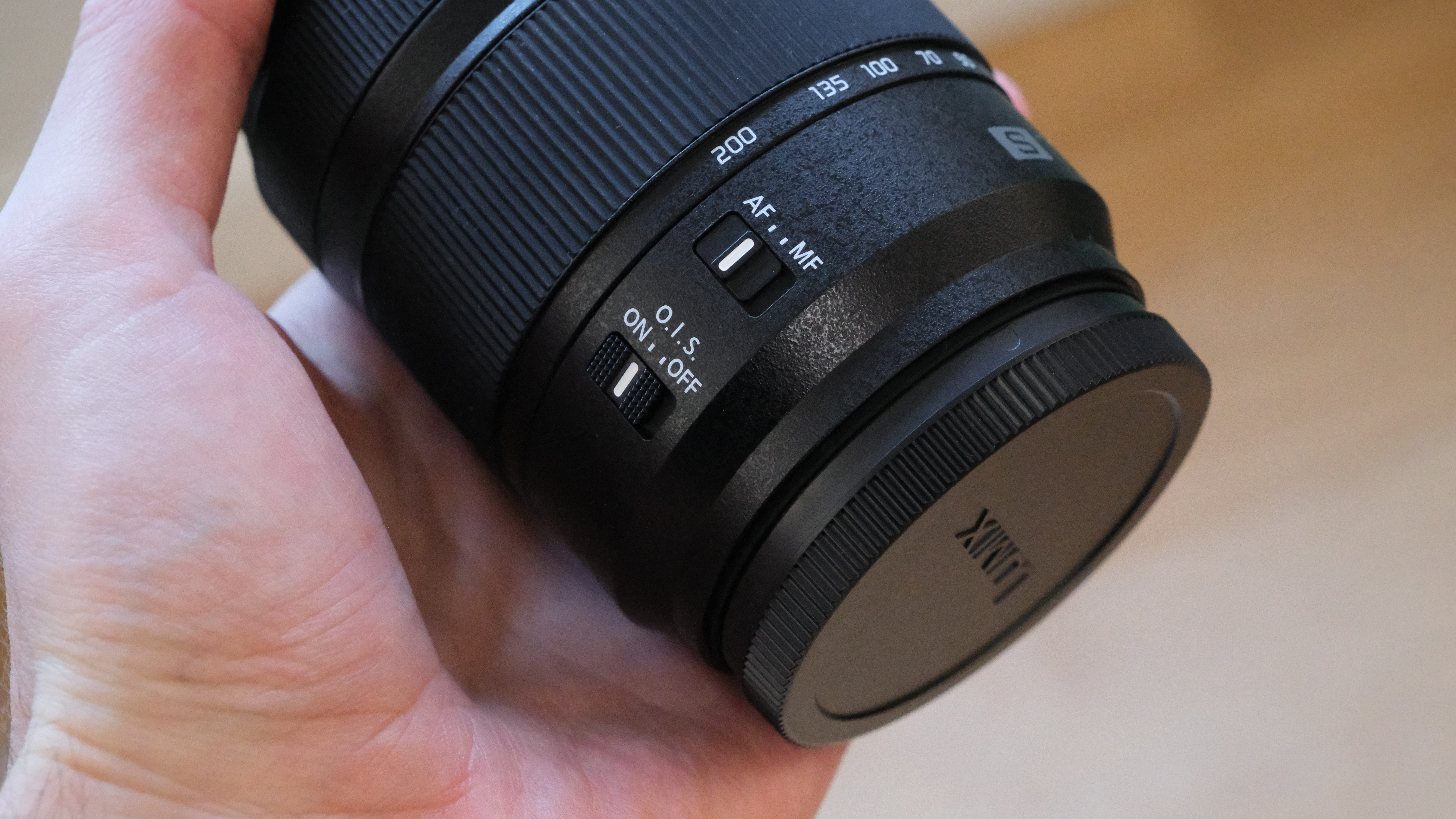
Performance
We need to get the lens into our labs for the full results, but in my initial testing image quality throughout the zoom range is looking good, with sharpness and contrast on the Lumix S5 IIX camera I was testing on being solid at every focal length. Does it quite rival the quality of a great prime lens or professional zoom lenses of shorter focal lengths? Well no. But for a 7x zoom lens expectations have to be tempered. This isn’t going to replace any professional lens but is a better option than carrying two consumer-level lenses of lesser focal lengths and still producing excellent results while traveling.
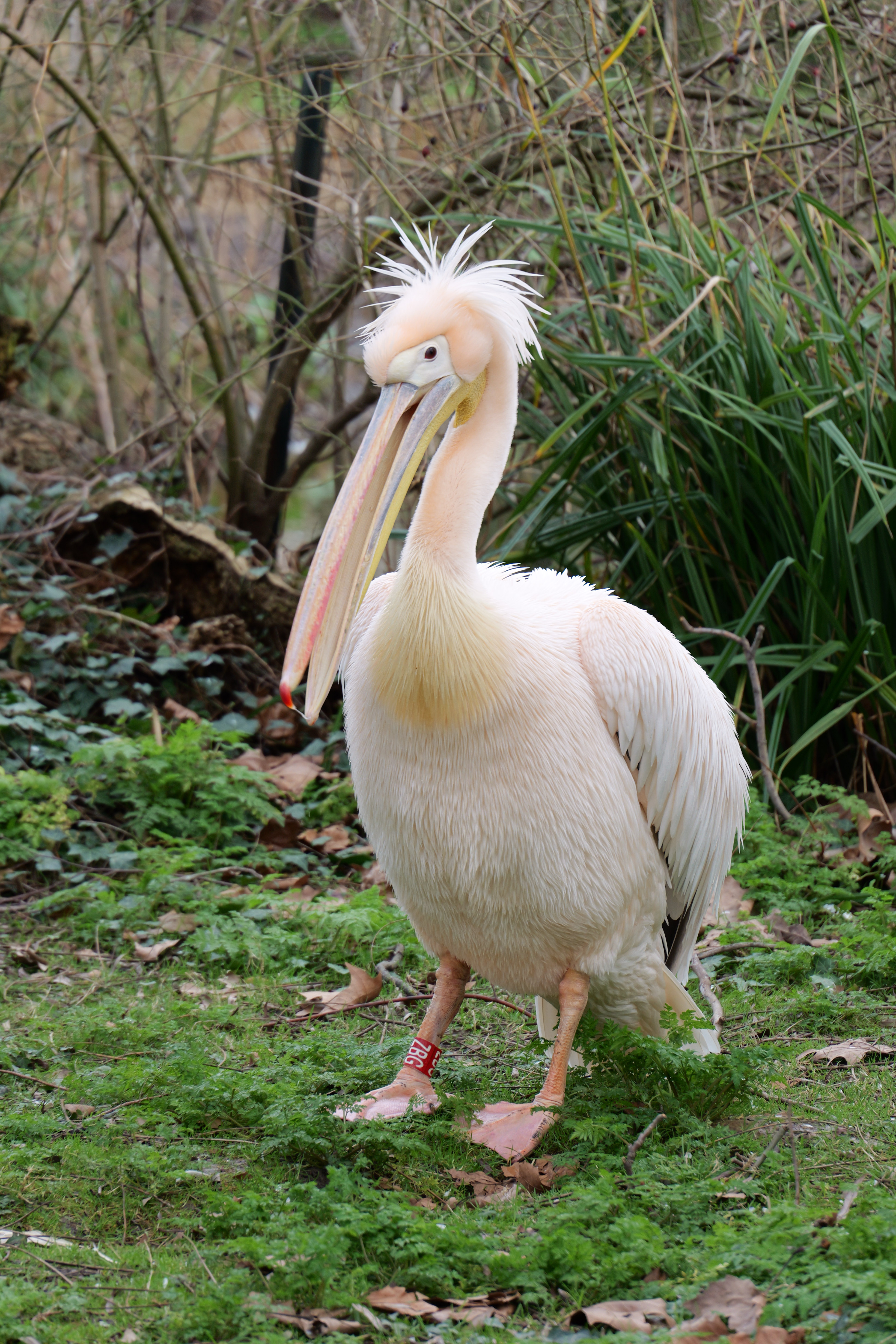
The lens uses Panasonic’s latest Dual I.S. 2, which combines optical image stabilization with in-body image stabilization – and the in-body image stabilization on the Lumix S5 IIX is some of the best available in any camera. All this means that the image stabilization on the 28-200mm is absolutely stand-out, at 200mm even in low light my images were held steady. The only downside is that due to the modest aperture value of f/7.1 at the long end of the lens, the shutter speed often has to be pushed higher than is ideal, so image stabilization came into play more often than I thought.
Autofocus too is nice and snappy, pulling from near to far in a flash, although very occasionally focusing very closely there was a little hunting for the focal point. The focus though is very quiet.



One aspect that feels maybe slightly unnecessary is the half-size (0.5x) macro. While the 3cm from the front of the lens, (or 14cm for the sensor) distance is pretty darn impressive, it is only effective at the widest 28mm focal length – which is far from my ideal length for macro. If this was just a happy coincidence of the lens design then great, but it doesn’t to me feel like a feature that should be a big talking point of the lens. Macro photos are sharp, but I find the perspective just a little strange depending on the angle to the subject.
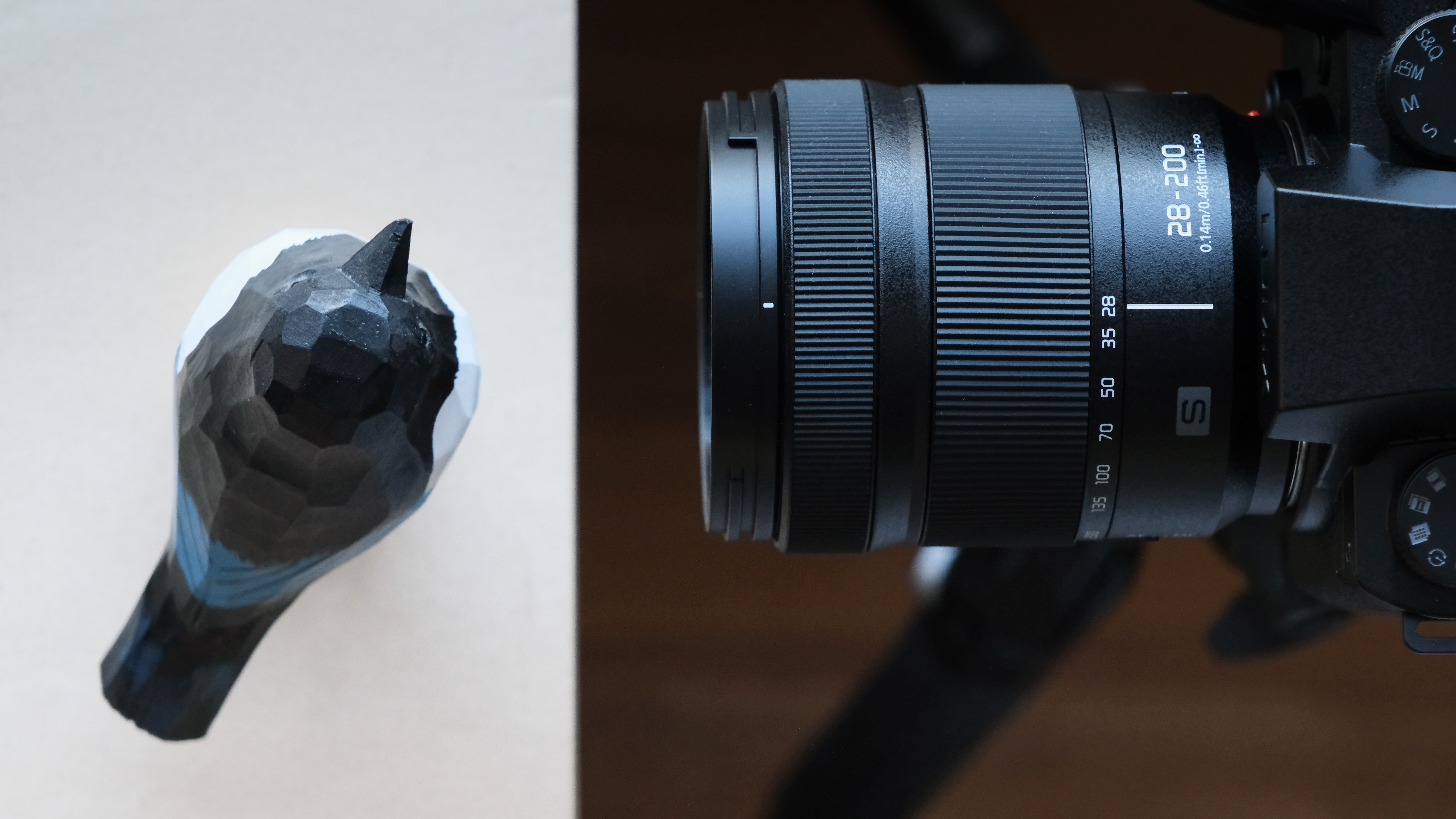


Sample Images




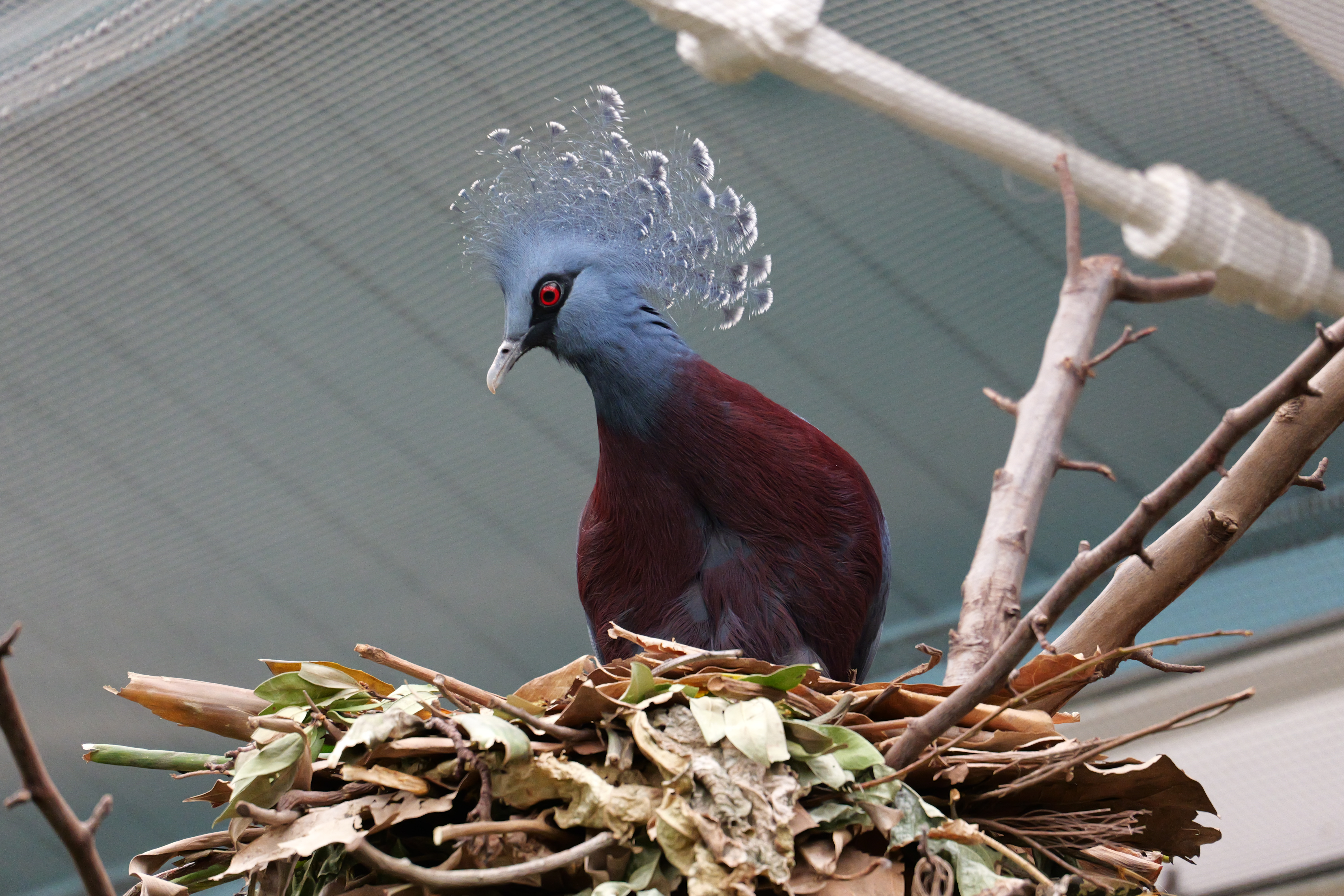
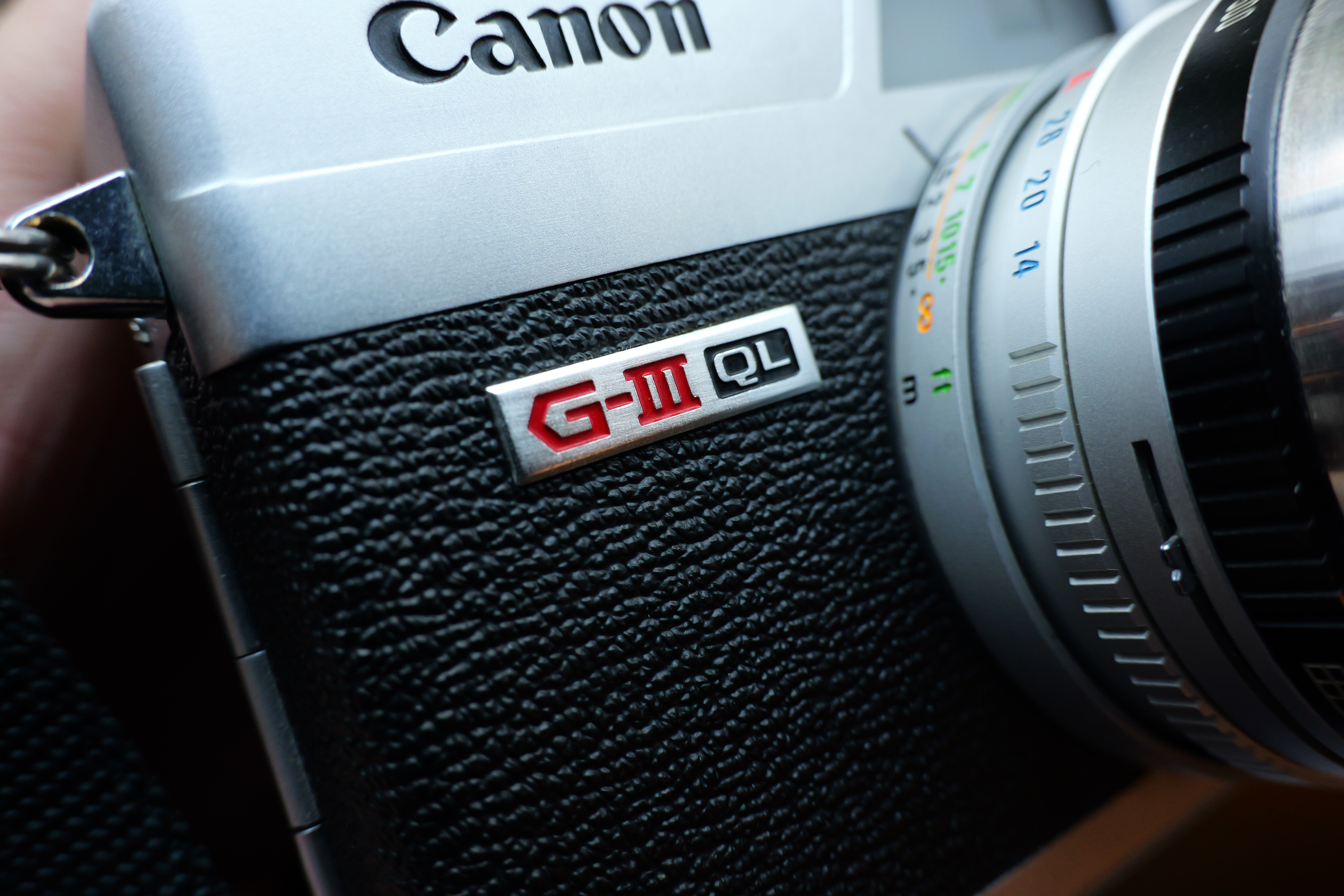
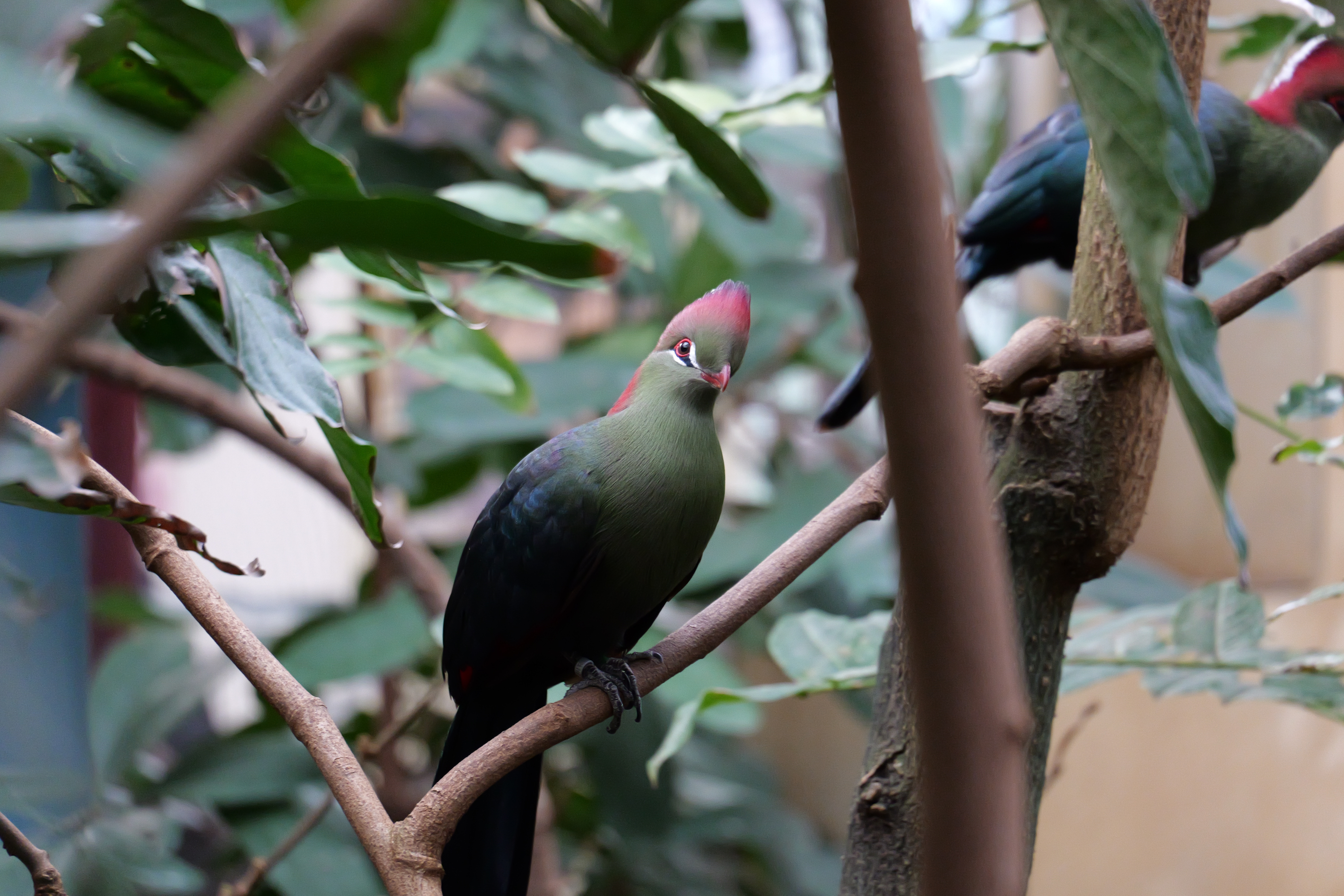
Early Verdict
The Lumix S 28-200mm f/4-7.1 O.I.S. should unquestionably feature on any Panasonic photographer's wish list who wants a compact and lightweight lens that covers all the most needed focal lengths from wide to tele in handy one package.
The very impressive compact size and incredibly light weight of the 28-200mm put it ahead of the competition for convenience and space-saving, although it is a slight shame that the focal length is a little shorter than other brands, but it's a trade-off I can accept for the physical savings.
Image quality is very good throughout the zoom range, while it won't rival primes or pro lenses for sharpness, images were clear with good contrast, and the Dual I.S. works wonders for steady shooting in stills, but also in video, where results were very impressive.
